What are the Diverse Types of Marine Passenger Seats: Design, Features and How to Choose
Marine passenger seats are an essential component of any waterborne vessel, ensuring passengers’ comfort, safety, and satisfaction throughout their journey. The design and functionality of marine passenger seats, whether on a ferry, cruise ship, or recreational boat, play an important role in improving the overall maritime experience. This article will explore the various types of marine passenger seats and key factors to consider for choosing the right type of passenger chairs for different kinds of ships.
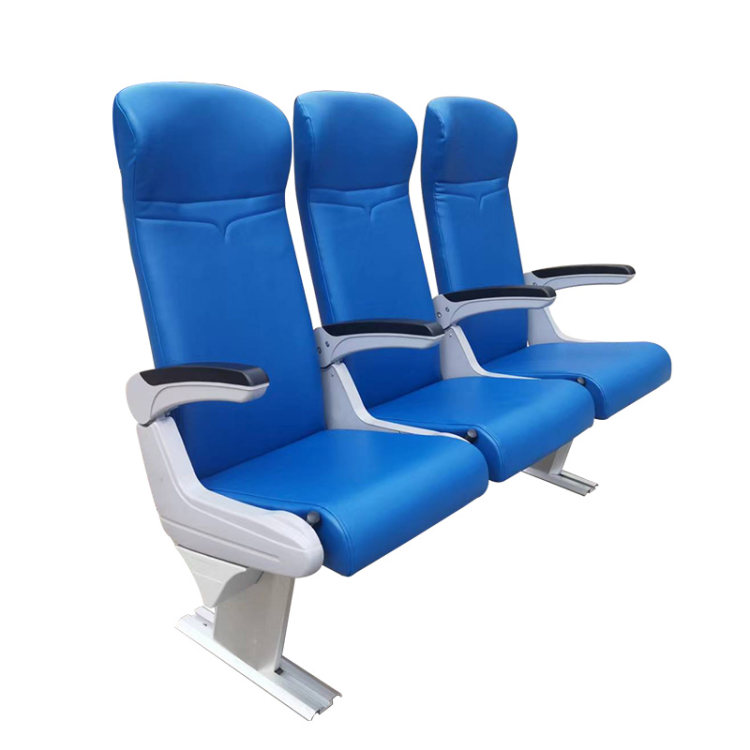
Common Types of Marine Passenger Seats
There are various types of marine passenger seats, each designed to meet specific needs, vessel configurations, and passenger preferences.
1. Bench Seats
Design and Configuration: Bench seats, which provide a simple and space-efficient seating solution, are common on ferries and larger vessels. They are frequently arranged in rows to make the best use of available space.
Materials: Bench seats for vessels are typically made of tough materials like high-grade plastics or marine-grade upholstery to withstand the harsh marine environment.
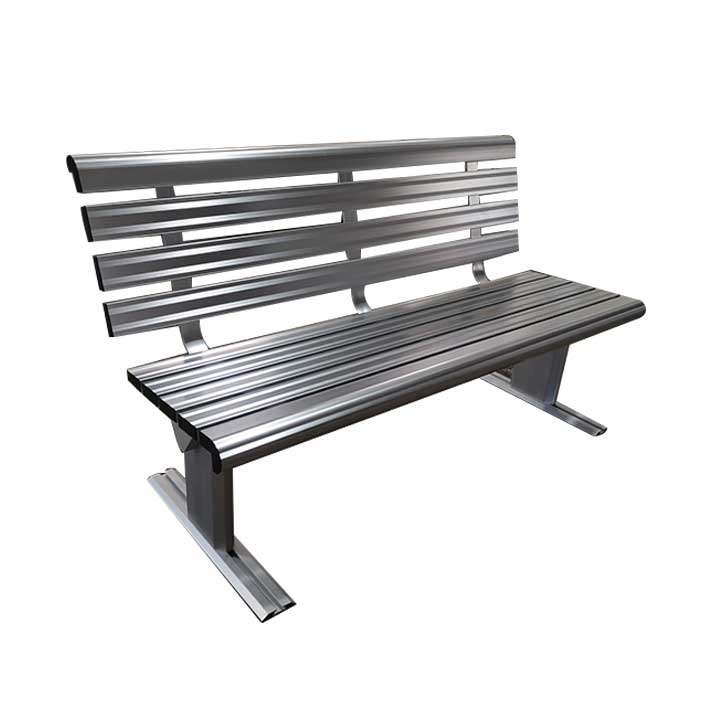
2. Bucket Seats
Design and Configuration: Bucket seats are designed for individual passengers, offering a more ergonomic and contoured shape for added comfort. They are often found on smaller boats, speedboats, and certain recreational vessels.
Features: Some bucket seats come equipped with swivel mechanisms, adjustable heights, and additional padding for extended comfort during longer journeys.
3. Helm Seats
Design and Configuration: Helm seats are specialized marine passenger seats designed for the captain or operator of the vessel. They are strategically placed at the boat’s helm (control station), providing comfortable and secure seating.
Features: Armrests, adjustable heights, and 360-degree swivel capabilities are common features of helm seats, ensuring optimal control and visibility.
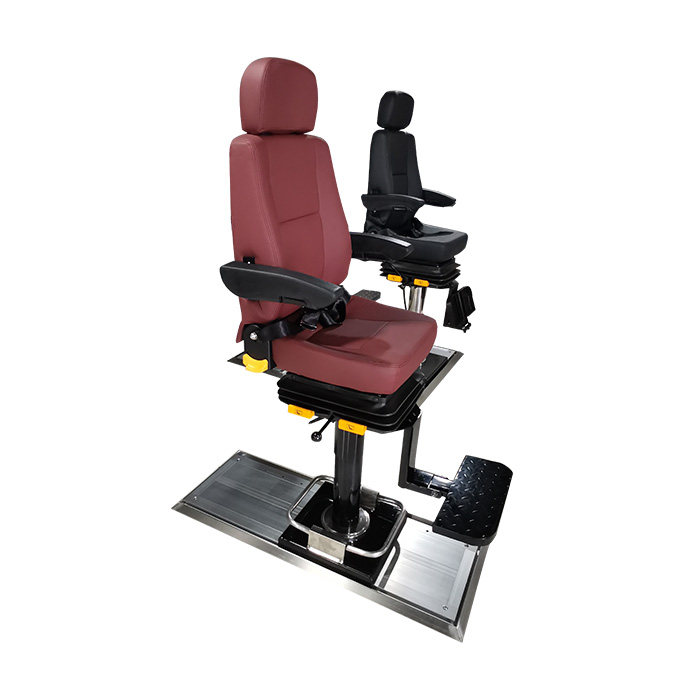
4. Flip-Up Seats
Design and Configuration: Flip-up seats are versatile and save space, and they are commonly found in multipurpose vessels. When not in use, they can be folded or flipped up to make better use of the deck space.
Applications: These seats are frequently used in vessels where the seating area must be converted for different activities, such as fishing or recreational purposes.
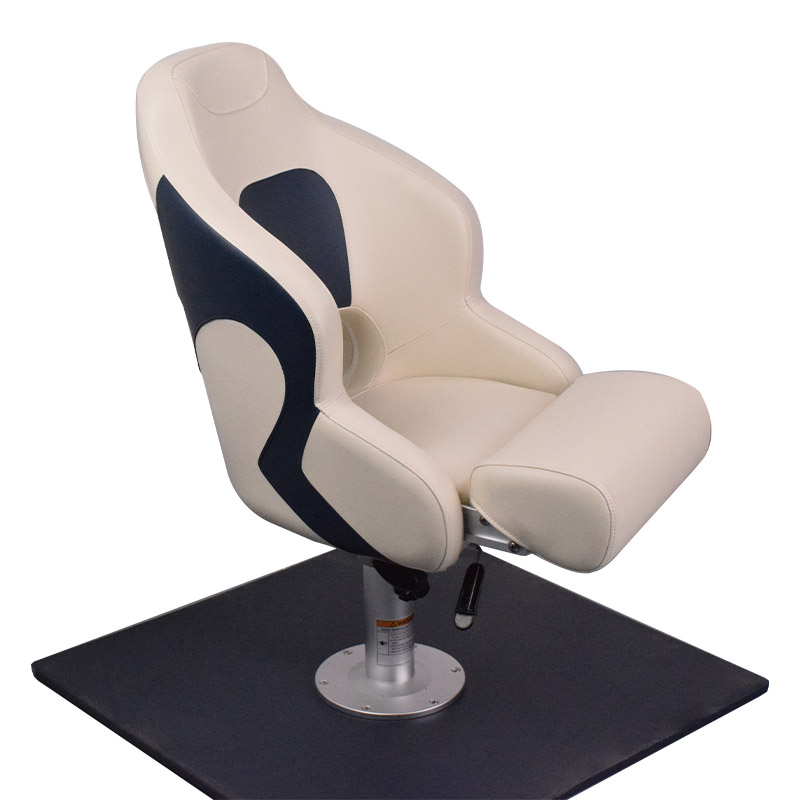
5. Jockey Seats
Design and Configuration: Jockey seats are commonly found on high-speed boats, RIBs (Rigid Inflatable Boats), and other vessels requiring secure and stable seating in rough waters. They are characterized by a low profile and a design that allows passengers to straddle the seat.
Safety Features: Jockey seats often feature high backrests and side supports to ensure the safety and stability of passengers, especially during high-speed maneuvers.
6. Sofa and Lounge Seats
Design and Configuration: Larger vessels, such as luxury yachts and cruise ships, often feature sofa and lounge-style seating for a more relaxed and social atmosphere. These seats are designed to accommodate groups of passengers in a comfortable and stylish setting.
Amenities: Some sofa and lounge seats may come with additional amenities such as integrated tables, cup holders, and charging ports for electronic devices.
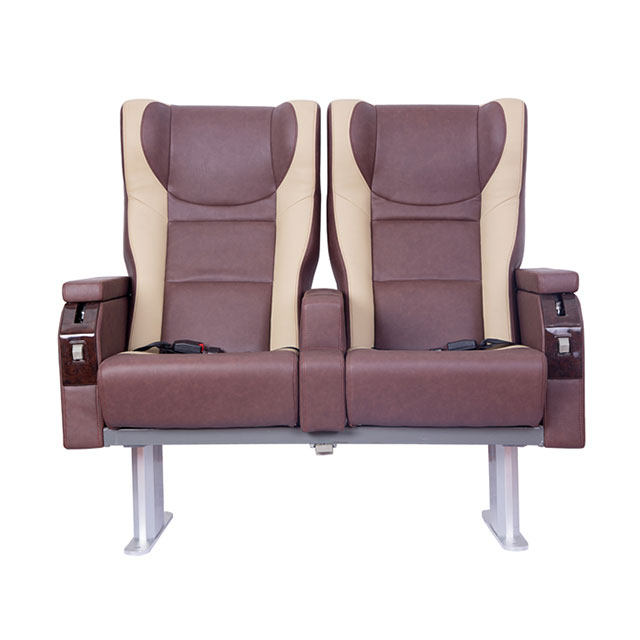
7. Fold-Down Seats
Design and Configuration: Marine folding seats are compact and space-saving, making them ideal for ships with limited deck space. When not in use, they can be easily folded down and secured in an upright position for seating.
Applications: Smaller boats, fishing boats, and recreational vessels that require adaptability and compact storage.
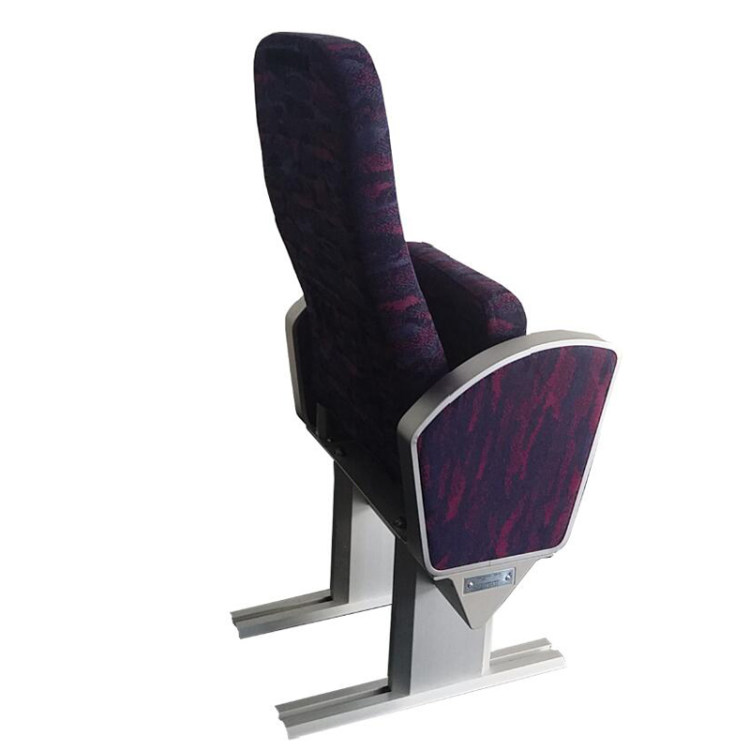
Key Factors to Consider for Choosing the Right Type of Marine Passenger Seats
Choosing the right type of marine passenger seat is a crucial decision that involves considering various factors to ensure passenger comfort, safety, and the overall functionality of the vessel.
1. Vessel Type and Purpose
Ferries, cruise ships, fishing boats, and recreational boats are examples of vessels that serve various purposes. The type of marine passenger seat chosen should correspond to the vessel’s specific needs and functions.
2. Passenger Comfort
Consider the length of the journey and the level of comfort required. Longer trips may necessitate more ergonomic designs, additional padding, and features such as adjustable seats to improve passenger comfort.
3. Space Utilization
Examine the vessel’s available deck space. The chosen seats should efficiently utilize the space while allowing for easy movement and accessibility.
4. Seating Capacity
Determine the expected passenger capacity of the vessel. The chosen seats should accommodate the number of passengers comfortably while adhering to safety regulations and weight limits.
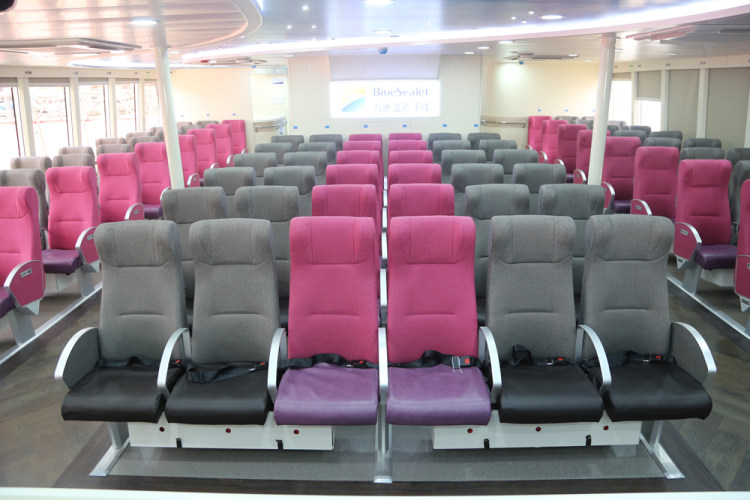
5. Durability and Materials
Marine environments are harsh, with exposure to saltwater, sunlight, and potential impacts. Choose seats constructed from durable, corrosion-resistant materials such as marine-grade plastics, stainless steel, or corrosion-resistant aluminum.
6. Weather Resistance
Consider the weather conditions the vessel will encounter. Seats should be resistant to UV rays, moisture, and other environmental factors to ensure longevity and prevent deterioration.
7. Safety Features
Safety features such as high backrests, armrests, and secure mounting mechanisms should be prioritized. Seats with features such as shock mitigation can improve passenger safety and reduce the risk of injury in rough sea conditions.
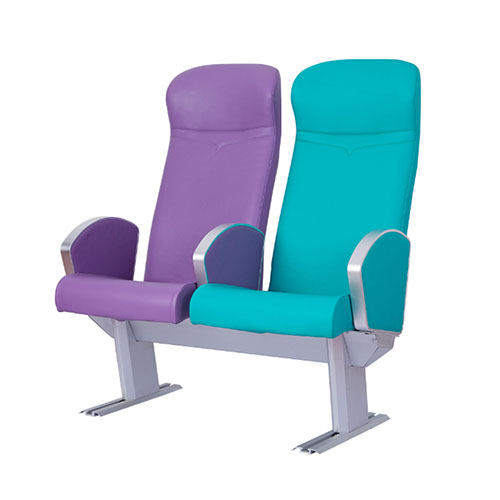
8. Regulatory Compliance
Ascertain that the chosen marine passenger seats adhere to relevant maritime safety regulations and standards. This includes seating requirements, safety features, and weight distribution.
9. Maintenance Requirements
Consider the ease of maintenance and cleaning for the chosen seats. Seats that are easy to clean and maintain contribute to the overall cleanliness and hygiene of the vessel.
10. Aesthetics and Design
Take into account the overall aesthetic appeal and design of the seats. While functionality and safety are of the utmost importance, aesthetically pleasing seats can improve the overall visual appeal of the vessel, particularly on luxury yachts or cruise ships.
11. Budget Considerations
Evaluate the budget constraints and ensure that the selected seats align with the allocated budget. While prioritizing quality and safety, it’s essential to find a balance that meets financial considerations.
12. Customization Options
Customization options are available for some manufacturers of marine passenger seats. Consider whether customization is required to meet specific design preferences or vessel functional requirements.
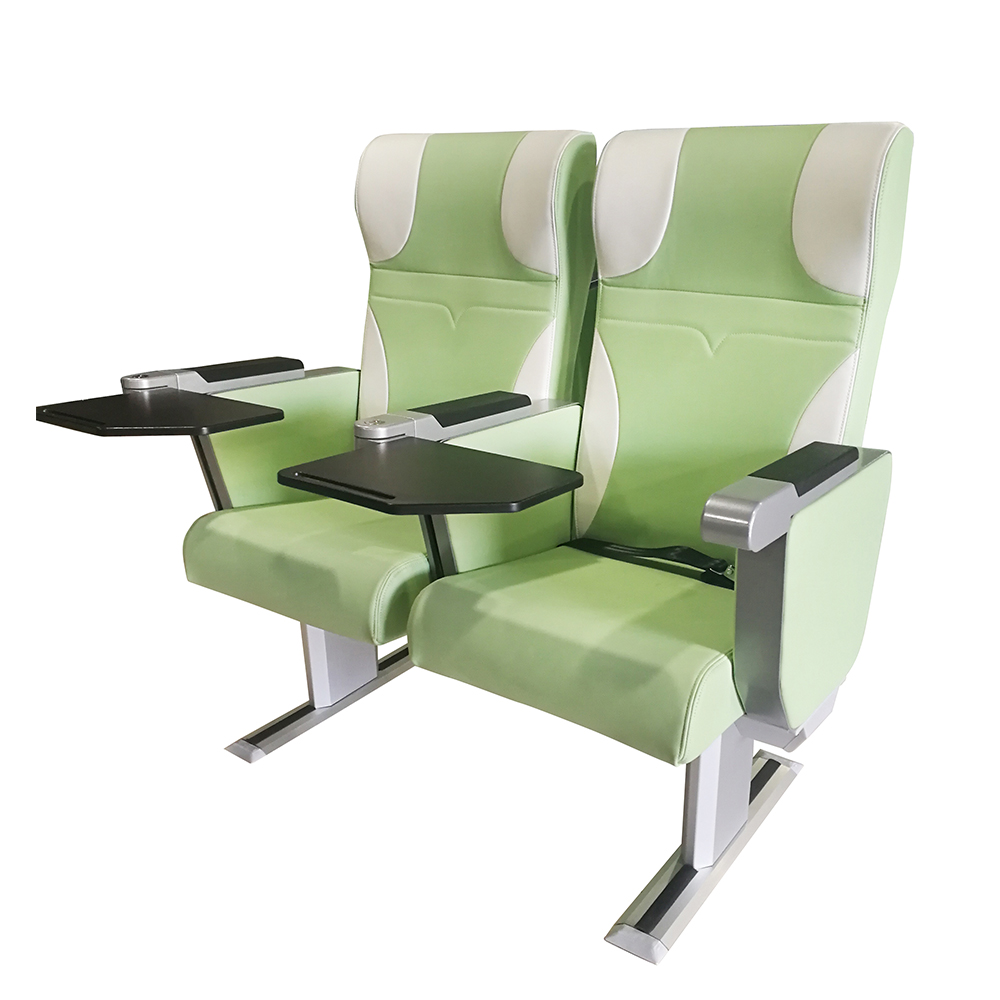
Conclusion
The variety of marine passenger seats reflects the variety of vessels as well as the unique needs of each maritime setting. The design and functionality of marine passenger seats continue to evolve to meet the needs of both operators and passengers, from the practicality of bench seats on ferries to the luxury of sofa-style seating on cruise ships. Choosing the right type of marine passenger seat is dependent on the purpose of the vessel, the expected conditions, and the desired level of comfort for passengers, ensuring a safe, comfortable, and enjoyable experience for passengers on board.


